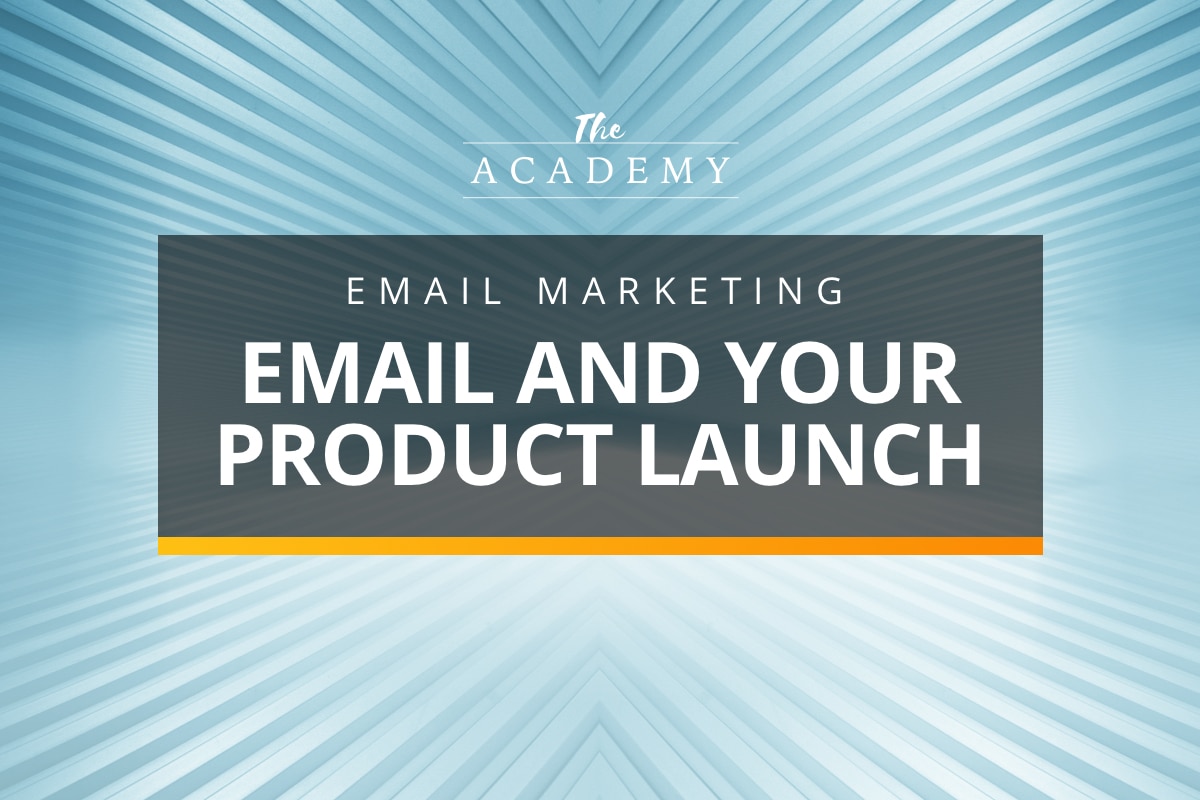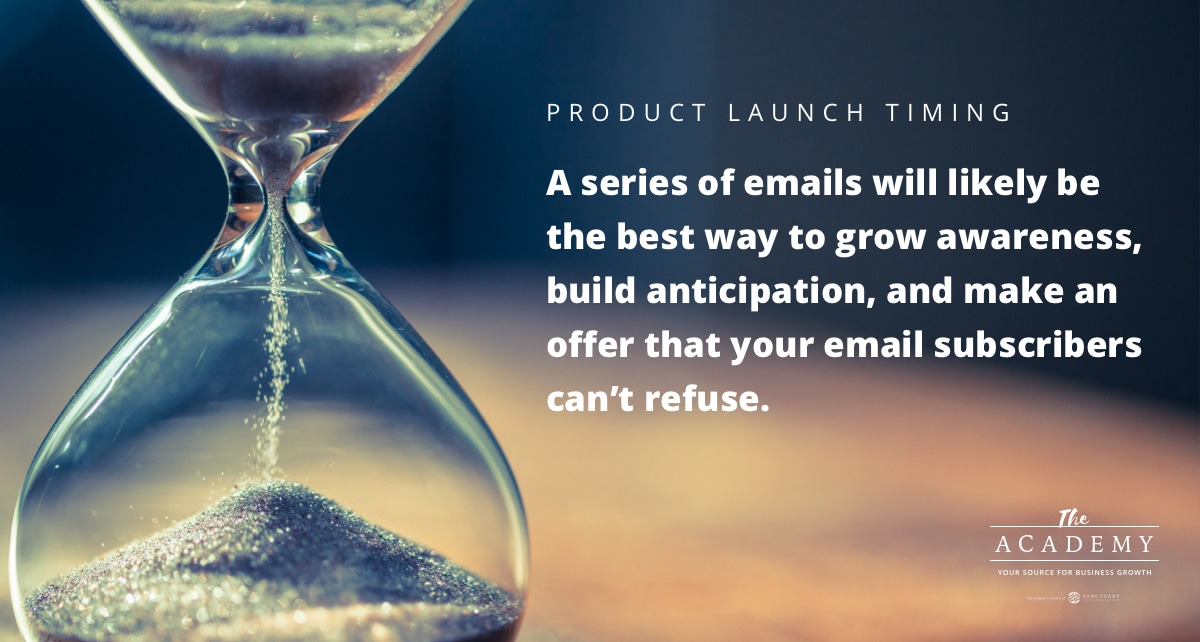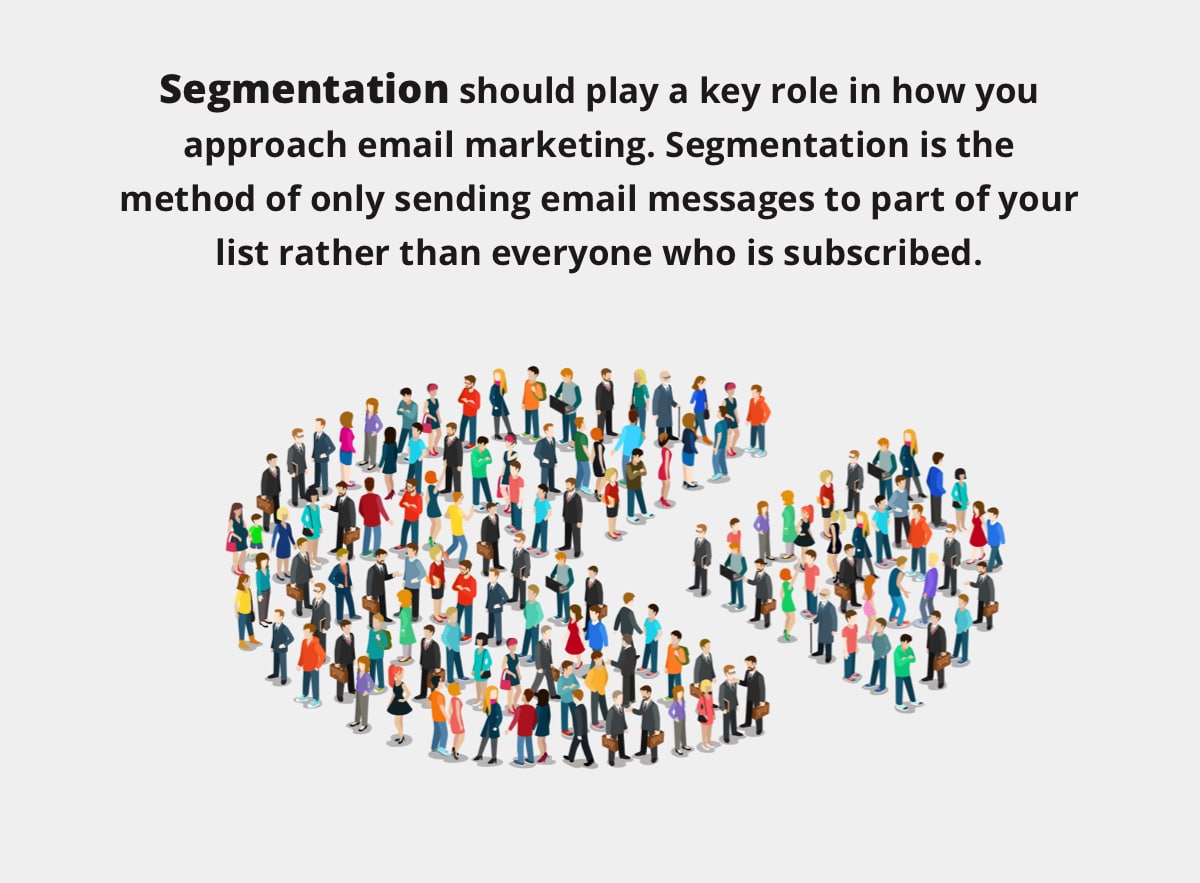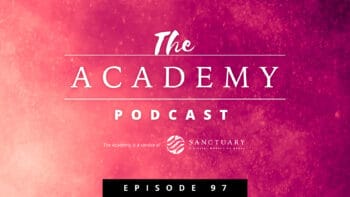
Launching a new product is a big event for any business. Whether you launch a new product a few times a year, or maybe only once every few years, you need to get this right to drive sales and grow revenue.
But a great launch doesn’t happen by accident. Plenty of planning needs to go into this event, and you need to be sure to control as many of the variables as possible. For instance, you’ll want to think carefully about how to time the launch of the product, based on seasonality, competition, and more. You can never start too soon when planning for a product launch. As soon as you know there will be a new product to promote, the launch planning process should start immediately.
In this article, we’ll dive into the fundamentals of using an email strategy to promote a product launch. There are some proven methods that can be used in this space to make sure word gets out properly in advance of the big day. You’ll need to make some basic adjustments and tweaks to proven email marketing techniques to get the best possible results for your organization, but the advice that follows is a good place to start.
Create an Email Schedule
Before you think about what is going to go in your marketing emails for a product launch, it’s a good idea to plan a schedule for when these emails will be sent. Most likely, you are going to want to send more than one. A series of emails will likely be the best way to grow awareness, build anticipation, and make an offer that your email subscribers can’t refuse.

As a general rule of thumb, you’ll want to make your email sequence longer and more elaborate as the price of the product goes up. For example, if you are launching a product that costs just $25, you may send out one email a week prior to the launch to make your customers aware, and then another one on the day that it goes live. With such a modest price point, it’s probably not necessary to do much more build up than that.
On the other hand, if this product is going to cost $2,500, you’ll need to warm up these potential leads significantly before they are ready to make such an investment. So you might create an email sequence that starts a month or more before the launch date, gradually sharing more information as you go and hopefully creating some type of buzz around the new offering. Executing this type of strategy can go a long way toward making sure you secure some sales on launch day and build positive momentum moving forward.
Product Launch Email Writing Tips

Even with a solid schedule in place, you aren’t going to accomplish much with these emails unless you write great copy. You might be able to handle the copywriting in-house if you have someone experienced in this kind of work, or you may choose to bring in an outside writer for the job. Either way, keep the following tips in mind to get the most out of each message:
- Don’t complicate the subject line. It’s tempting to get creative with the subject line that you write for your email or emails, but usually, it’s better to just keep things simple in that area. Remember, the only goal of the subject line is to get the reader to open the email. That’s it. So, be direct and tell them what they are going to find inside the message if they decide to open it. If this is a message that is setting the stage for a product launch in the future, say something about how you have “exciting news coming up”, etc. For the actual launch email when the product is available, you could simply state what it is and say that it is “on sale now”. Be simple and concise and get as many people as possible to open the message so they can see exactly what you are selling.
- Leave something to the imagination. This is a tip that applies specifically to emails that are sent out in advance of the launch. Rather than giving away everything right at the start, leave the reader wanting more by only exposing some of the details. You might give a creative hint as to what the product will be, or even state what the product is without revealing all that it can do. Using this technique is a great way to improve your open rate in future emails, since those who read the first email will remember that they wanted to know more and will be compelled to click on the message.
- Don’t overwhelm the reader. Remember, the people receiving your message aren’t as focused on this product launch as you are. It’s just one of many new things that are coming into their inboxes. So, you can’t expect them to digest a big email full of countless facts about your launch. Instead, stick with the basics and lean on the fact that less is usually more.
- Wait on pricing. There is no reason to get into the matter of pricing too early in the process. In fact, it’s not even necessary to include product pricing in any of your emails – just save that for the product page on your website when people click through the email to learn more and consider a purchase. You want them to be making their decision about whether they are interested or not in the product before even thinking about what it costs. The only exception to this rule of thumb would be when you are specifically trying to compete on price in the marketplace. For instance, if you are bringing a new product to market that is similar to the competition—but comes in at a lower price—then you might want to lead with that selling point.
- Don’t forget the design. While this section is about writing tips, it would be a mistake to ignore the importance of quality design within your email. Include some graphics that help bring the message to life, while always being careful not to load the message so heavily with media that it is slow to load. Usually, a single, well-designed graphic at the top of the message will be enough to engage the reader and grab their attention.
Building the Right List
When you promote products or services on your website, you never quite know exactly who is going to see those promotions. Your site will likely appeal to a certain type of audience, but technically, anyone with internet access could find your pages and see what you are selling.
The story is different with email marketing. The message is only going to be seen by those who subscribe to your email list, so you should have a pretty good understanding of the audience that will be on the other end of the messages. Leveraging this information to your advantage can help you write better emails and can help strategically position your product launch for good results.

With this in mind, segmentation should play a key role in how you approach email marketing. Segmentation is the method of only sending email messages to part of your list rather than everyone who is subscribed. If you collect any information about your email subscribers when they join the list—through a questionnaire, for instance—you can use that information to then make smart decisions about how the list is used. So, if you are promoting a high-ticket item, you may skip sending these emails to people who have indicated they are on a tight budget. Or, if you have gender information and are launching a product only for women, using that type of segmentation will avoid sending the message to men who aren’t in your target audience for this launch.
Learning and Improving
It would be great if the first email sequence you send out for a product launch was a home run. And, to be fair, that might be the case. More likely, however, is an outcome where you achieve some success but also make some mistakes that can be corrected for next time. And that’s okay. It’s tricky to nail this down perfectly on the first try, so don’t beat yourself up if it isn’t a huge success, and learn from whatever errors you may have made to get better for the next launch.
As you review how the launch played out, keep these points in mind for improving the email side of things:
- Check open rates. Getting as many recipients as possible to open your messages is obviously the goal with email marketing, and results in this area are almost entirely determined by your subject lines. If your open rates fall short of expectations, try making them shorter and more direct for your next campaign. Shorter subject lines tend to do better, especially when they get right to the point and make it obvious what the message will be about.
- CTA clarity. You never want to send a marketing email that leaves the recipient confused as to what the next steps should be. Each message should have an obvious purpose and an action that you want the potential customer to take. Sometimes, that “action” will be nothing more than suggesting they watch for upcoming messages with more information. In other cases, it will be to click on a link that takes them to your site where they arrive at a landing page. Whatever the case, have a clear purpose for your emails and make that purpose as clear as possible.
- Accept feedback. If you get any feedback from people on your email list, don’t brush it off – listen with an open mind and think about how you could incorporate that feedback into your next product launch. Your customers and potential customers are often your best sources of information, so you certainly don’t want to let that resource go to waste.
The power of email marketing simply can’t be overlooked when launching a new product. If you were to neglect using email as part of your overall promotional strategy, you’d certainly be leaving money on the table. We hope the tips and advice in the article above get you pointed in the right direction, and we wish you the best of luck with your upcoming launch!
Most Popular Articles

Seeing Favicons in Your Google Search Results? Here’s Why…
Have you noticed anything different in your Google Search results lately? Google added tiny favicon icons to its organic search results in January. It was…

Business Growth and Digital Marketing News & Tips 11-17-24
Are you encouraging and rewarding innovation? Lee Cockerell is the former Executive Vice President of Operations at Walt Disney World. A lover of traditional red…

Business Growth and Digital Marketing News & Tips 11-27-24
A culture of gratitude "Feeling gratitude and not expressing it is like wrapping a present and not giving it." – William Arthur Ward Beyond being…








